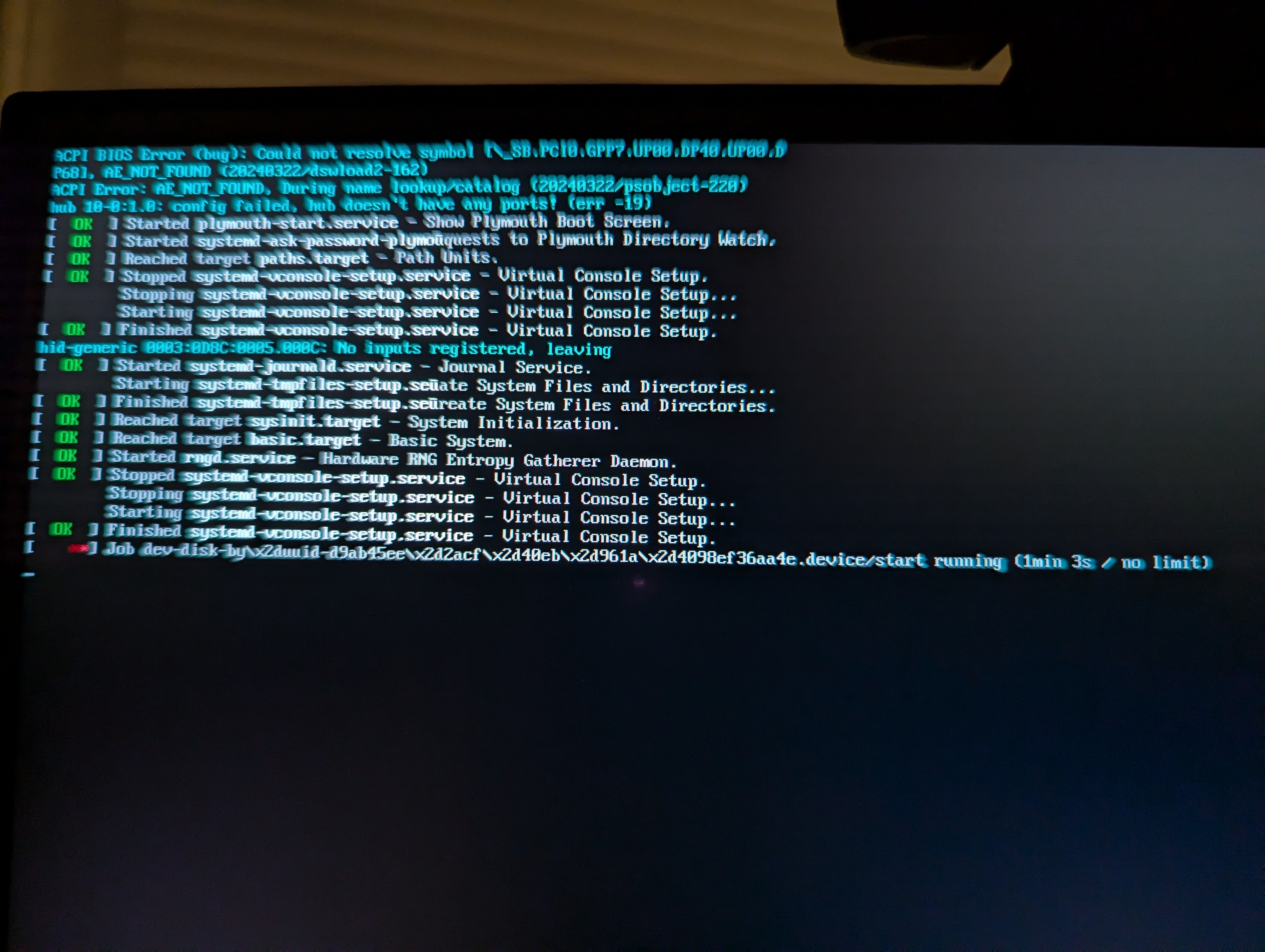Linux
Welcome to c/linux!
Welcome to our thriving Linux community! Whether you're a seasoned Linux enthusiast or just starting your journey, we're excited to have you here. Explore, learn, and collaborate with like-minded individuals who share a passion for open-source software and the endless possibilities it offers. Together, let's dive into the world of Linux and embrace the power of freedom, customization, and innovation. Enjoy your stay and feel free to join the vibrant discussions that await you!
Rules:
-
Stay on topic: Posts and discussions should be related to Linux, open source software, and related technologies.
-
Be respectful: Treat fellow community members with respect and courtesy.
-
Quality over quantity: Share informative and thought-provoking content.
-
No spam or self-promotion: Avoid excessive self-promotion or spamming.
-
No NSFW adult content
-
Follow general lemmy guidelines.
view the rest of the comments

That's fair, I should have clarified that on most Enterprise Linux distros LVM is definitely the norm. I know Fedora switched to btrfs a few releases back and you may be right about Suse Tumbleweed but pretty sure Suse Leap uses LVM. CentOS, RHEL, Alma, etc. all still default to LVM, as the idea of keeping everything on a single partition is a bad idea and managing multiple partitions is significantly easier with LVM. More than likely that'll change when btrfs has a little more mileage on it and is trusted as "enterprise ready" but for now LVM is the way they go. MBR vs GPT and EFI vs non-EFI don't have a lot to do with it though, it's more about the ease of managing multiple partitions (or subvolumes if you're used to btrfs), as having a single partition for root, var, and home is bad idea jeans.
That's fair, I did just check my Rocky Linux install and it does indeed use LVM.
So much stuff in this space has moved to hosted/cloud I didn't think about that.